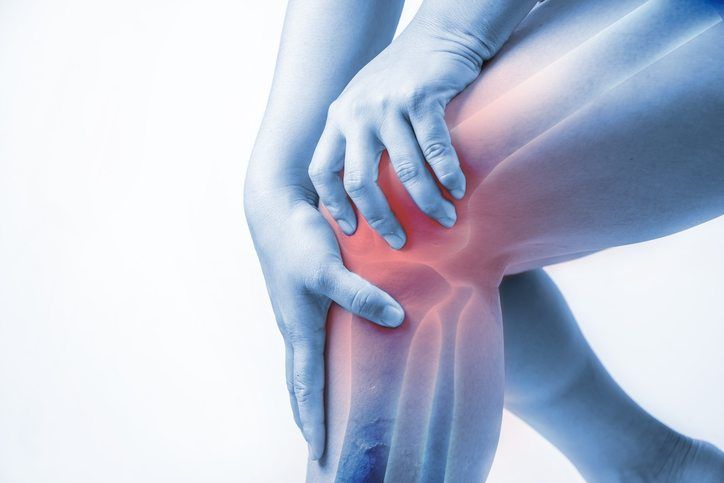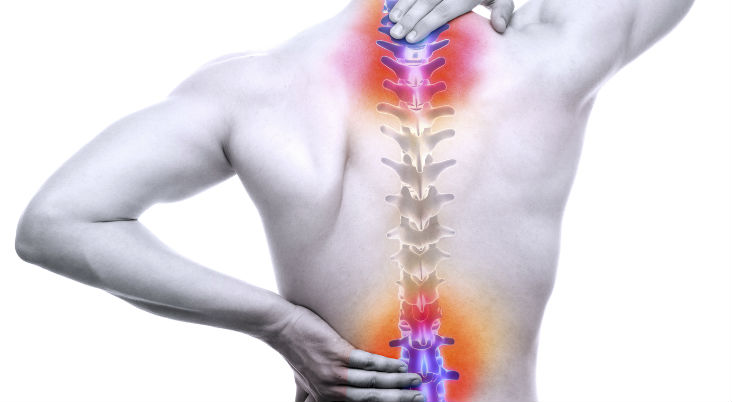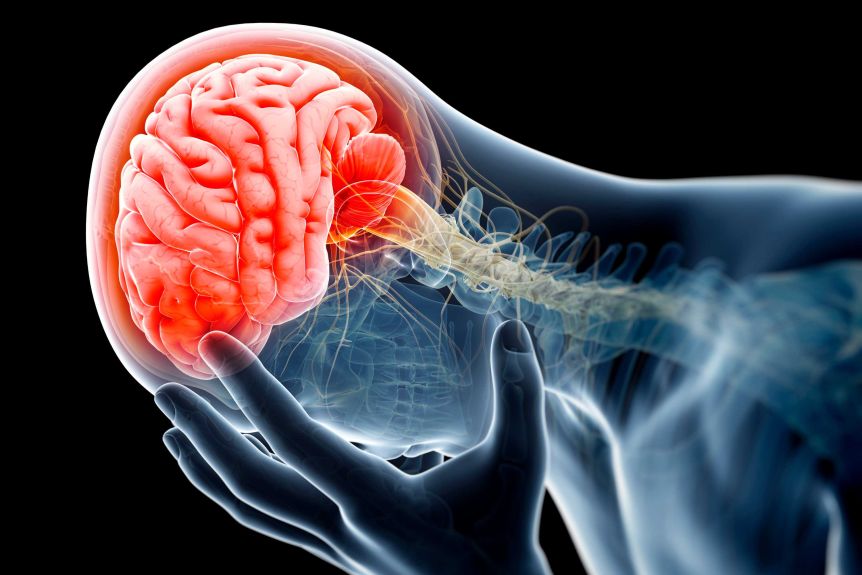

When you ask “what is pain” maybe the first thing that comes to mind is a memory of that time you sprained your ankle. Or maybe you’re thinking of that “thing” in your back that came out of nowhere months ago and just won’t go away. In both cases, you must be thinking that surely something must be “wrong”, right? Something must be broken, misplaced, ground down, unstable?
Well maybe. Maybe not. Consider W. Brinjijki’s 2015 study that looked at degenerative spine issues in people without low back pain. The study found that 1. Scary signs like disc bulges, annular fissures (tears in the disc), and degenerated discs were common in people without pain 2. These conditions were more likely just part of the aging process (Brinjikji 2015).

In one case there is pain with an injury. Another, there is pain without injury. And finally we have cases where tissue damage does not cause pain. What gives? And how do we make sense of this?

Let’s take a look at how pain is produced by the brain for more insight. Peppered throughout and within our body are sensors (nociceptors) that are very specific to picking up irritants. When these sensors get stimulated, a message is sent to the brain via the spinal cord where the message is interpreted and a decision is made as to how much energy and action should be invested into experiencing pain. And this processing that ultimately decides tolerance or intolerance to the pain is heavily influenced by several factors including: actual tissue injury, physical impairments, physical habits, meaningful activities, coping strategies, beliefs, emotional factors, lifestyle/health/social factors (Lehman, 2017)
By understanding how pain occurs and what factors affect it, we can chart a course to address it and adapt to it. Maybe it’s as simple as moving out of a painful position, cracking that joint, or squeezing that muscle. Or maybe it’s a little bit more difficult and will take a little bit more time to adapt to, build resiliency towards, learn to listen to, and/or break previously held negative beliefs about your body. If you’re experiencing pain and it is preventing you from enjoying the activities that bring meaning to your life, come seek us out at Chainwork Physio.
References:
Brinjikji W, Luetmer PH, Comstock B, Bresnahan BW, Chen LE, Deyo RA, Halabi S, Turner JA, Avins AL, James K, Wald JT, Kallmes DF, Jarvik JG. Systematic literature review of imaging features of spinal degeneration in asymptomatic populations. AJNR Am J Neuroradiol. 2015 Apr;36(4):811-6. doi: 10.3174/ajnr.A4173. Epub 2014 Nov 27. PMID: 25430861; PMCID: PMC4464797.
Lehman, G. (2017). RECOVERYstrategies. Your Pain Guidebook. Author: Canada.